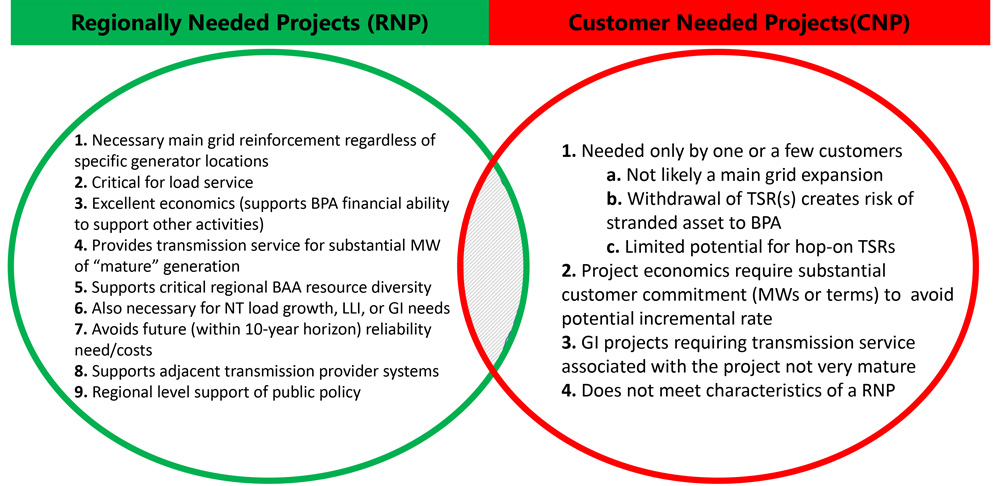ARIZONA
SRP Seeks Rate Increase
Salt River Project announced it is seeking a 2.4% rate increase. The increase would reflect an increase of $168.8 million in revenue to support upgrades to the grid and an anticipated decrease of $67.7 million in fuel and purchased power revenues. If approved by the Board of Directors, the average residential customer will see a monthly bill increase of 3.5% ($5.64), effective next November.
More: SRP
FLORIDA
PSC Approves FPL Storm Restoration Charges
The Public Service Commission has approved interim storm restoration charges for Florida Power & Light (FPL), approved FPL’s request to replenish its storm reserve and voted to continue natural gas pipeline replacement programs to improve infrastructure.
The $1.2 billion interim storm restoration charge includes $113.5 million for Hurricane Debby, $157.8 million for Hurricane Helene, and $811.1 million for Hurricane Milton. The increase will go into effect Jan. 1.
More: Daily Energy Insider
GEORGIA
PSC Certifies Battery Storage Projects
The Public Service Commission voted unanimously to certify Georgia Power’s plan to build battery energy storage systems (BESS) at four locations. Two of the BESS facilities will be built adjacent to both the Robins Air Force Base and the Moody Air Force Base.
A third standalone BESS will be located at the retired coal-burning Plant Hammond, while the fourth will double the battery-storage capacity of the McGrau Ford Battery Facility. The proposal, which was approved without discussion, will add 500 MW of capacity to the utility’s energy portfolio.
More: Capitol Beat
IDAHO
Boise Launches Community Climate Action Committee
The city of Boise announced it has launched the Community Climate Action Committee. The committee will play a key role in shaping Boise’s Community Climate Action Guide — a resource to prioritize climate priorities from the community. Members of the committee will collaborate with city staff and the community to share ideas and provide feedback to tackle the impacts of climate change.
More: Idaho Capital Sun
IOWA
Wolf Carbon Solutions Withdraws Petition to Build Carbon Capture Pipeline
Wolf Carbon Solutions withdrew its petition to build a 95-mile carbon capture pipeline through eastern Iowa, according to a filing with the Utilities Commission.
Wolf planned to capture carbon dioxide emissions at Archer Daniel Midland ethanol plants in Cedar Rapids and Clinton, liquefy it under pressure, and transport it to Illinois to be sequestered underground. It’s unclear whether the company will reapply, saying it would “make a determination” once “more certainty exists concerning its plans to proceed.”
More: Des Moines Register
KENTUCKY
Shelby County to Get $700M Canadian Solar Battery Facility
Gov. Andy Beshear has announced Shelby County will be the future home of a $712 million battery plant. Canadian Solar, a global renewable energy company, is establishing Shelbyville Battery Manufacturing, and with it, the largest economic development project in county history. The plant will produce “state-of-the-art battery cells.”
The facility’s initial annual production will have a combined capacity of 3 GWh. It then will double to 6 GWh. Limited production is expected to start in mid- to late 2025.
More: Louisville Courier Journal
MISSISSIPPI
PSC Approves Sale of CenterPoint’s Natural Gas Systems
The Public Service Commission has approved the sale of CenterPoint Energy’s natural gas utility assets to Delta Utilities. No financials of the deal were disclosed. The transaction is expected to close in the first quarter of 2025.
More: WJTV
NEW MEXICO
DOE Issues $47.8M Fine to Natural Gas Facility for Excess Air Pollution
The state Environment Department issued a $47.8 million fine to Targa Resources for allegations of excess air pollution at a natural gas processing facility. The sanctions are based on allegations of two permit violations, late reporting of emissions and an incomplete requirement for a root cause analysis of excess pollution. Regulators said Targa has 30 days to respond and comply or request a hearing with the agency secretary.
More: The Associated Press
OREGON
Avangrid, PGE Agree to Solar PPA
Avangrid and Portland General Electric announced the signing of a Power Purchase Agreement for Tower Solar, a new 120-MW solar project under construction in Morrow County. The project will use more than 200,000 solar panels on 900 acres.
More: Portland General Electric
EFSC Approves State’s Largest Solar Farm
The Energy Facility Siting Council approved the 1,200-MW Sunstone Solar farm in Morrow County. The facility will sit on about 10,000 acres of active farmland and consist of nearly 4 million solar panels. It will boast a battery energy storage system with a capacity of 7,200 MWh. Construction is expected to begin in 2026.
More: The Oregonian
WISCONSIN
Columbia County Coal Plant Retirement Delayed to 2029
Alliant Energy, Madison Gas and Electric and Wisconsin Public Service — the co-owners of the coal-fired Columbia Energy Center — announced the plant’s retirement date has been pushed back to 2029.
The plant originally was slated to shut down by the end of 2024, but two years ago that retirement was pushed back to 2026. Now, it will remain open through 2029. The utilities said keeping the plant open will give them time to “explore converting at least one of Columbia’s units to natural gas.”
More: Wisconsin Public Radio
WYOMING
Utility-related Wildfire Protection Legislation Tabled
The Minerals, Business and Economic Development interim committee tabled a draft measure focused on public utilities’ wildfire protection plans and liability exposure.
The legislation sought to incentivize utilities to make wildfire mitigation upgrades in exchange for limits on damage claims. To qualify for the protection, a utility would be required to invest in and maintain more stringent wildfire mitigation strategies. While the cost of those upgrades would be passed on to customers, they are intended to stem rising insurance rates.
More: WyoFile

